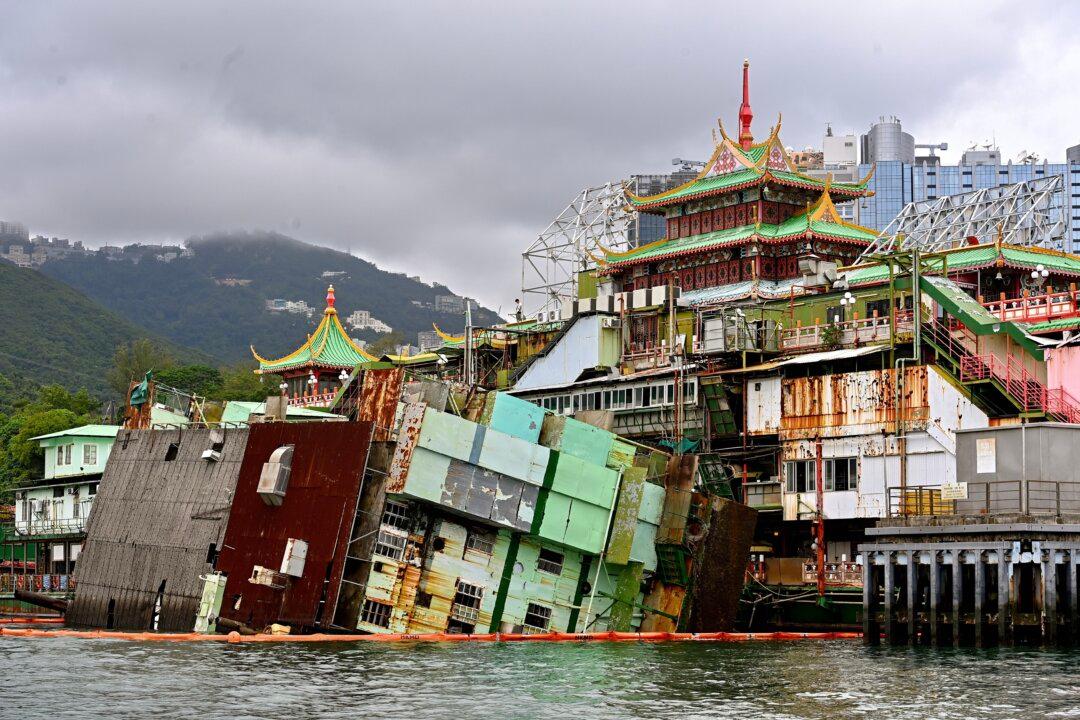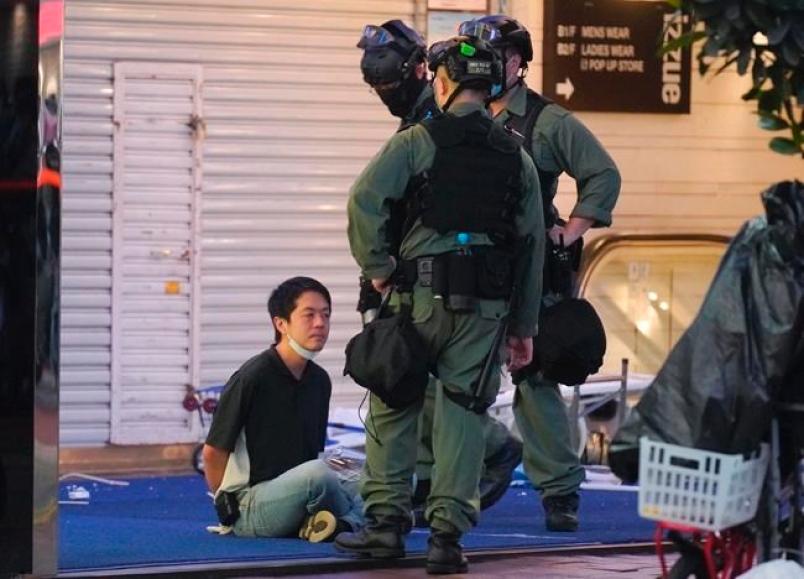The Jumbo seafood boat, which capsized in the waters near the Paracel Islands in the South China Sea while being towed out of Hong Kong in June 2022, had its current status updated by mainland Hainan Maritime Safety Administration, a unit of the Sansha Maritime Safety Administration.
Hainan Maritime Safety Administration told “WeMedia01“ of Hong Kong on August 3 that the hull of the seafood boat had overturned and was lying in a “bottom-up” position resting on the reefs of the seabed with its superstructure disintegrated. It also stated that a part of the bottom of the boat would still stick out of the water at low tide.




